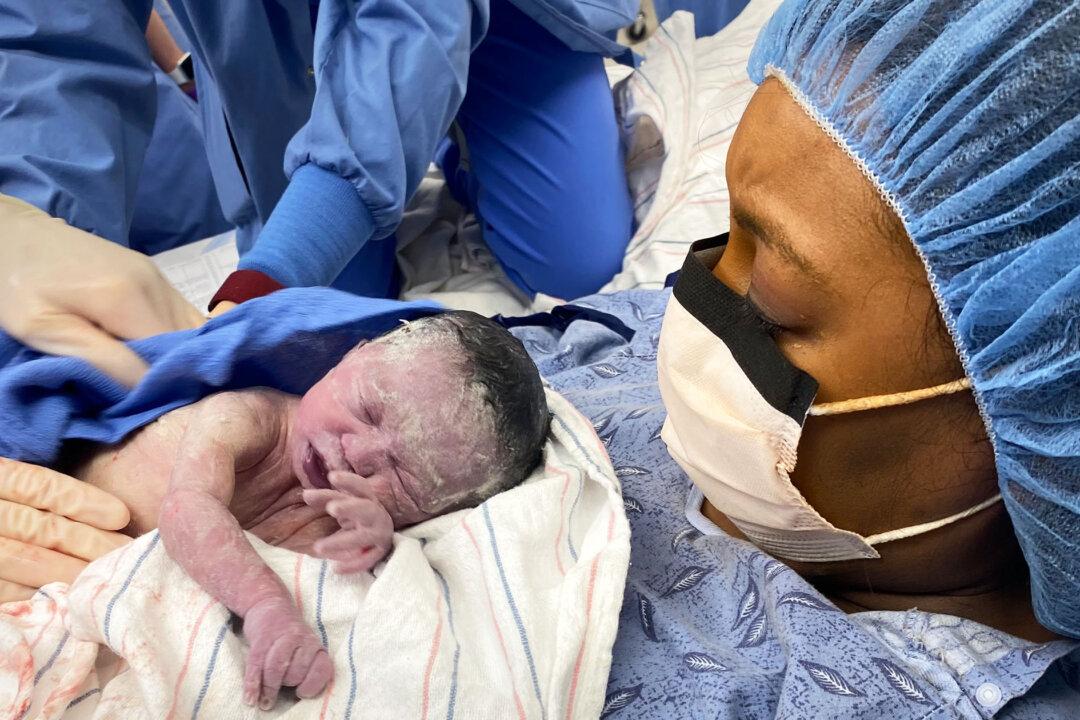Doctors have saved a baby’s life in utero with an aggressive, life-threatening brain malformation that could have led to heart failure, severe brain injury, or death after birth. Two months on, the baby’s parents are looking back at their daughter’s extraordinary story.
Filmmaker and photographer Derek Coleman, 39, and his wife, human resources professional Kenyatta Coleman, 36, live with their four children in Denham Springs, Louisiana.





